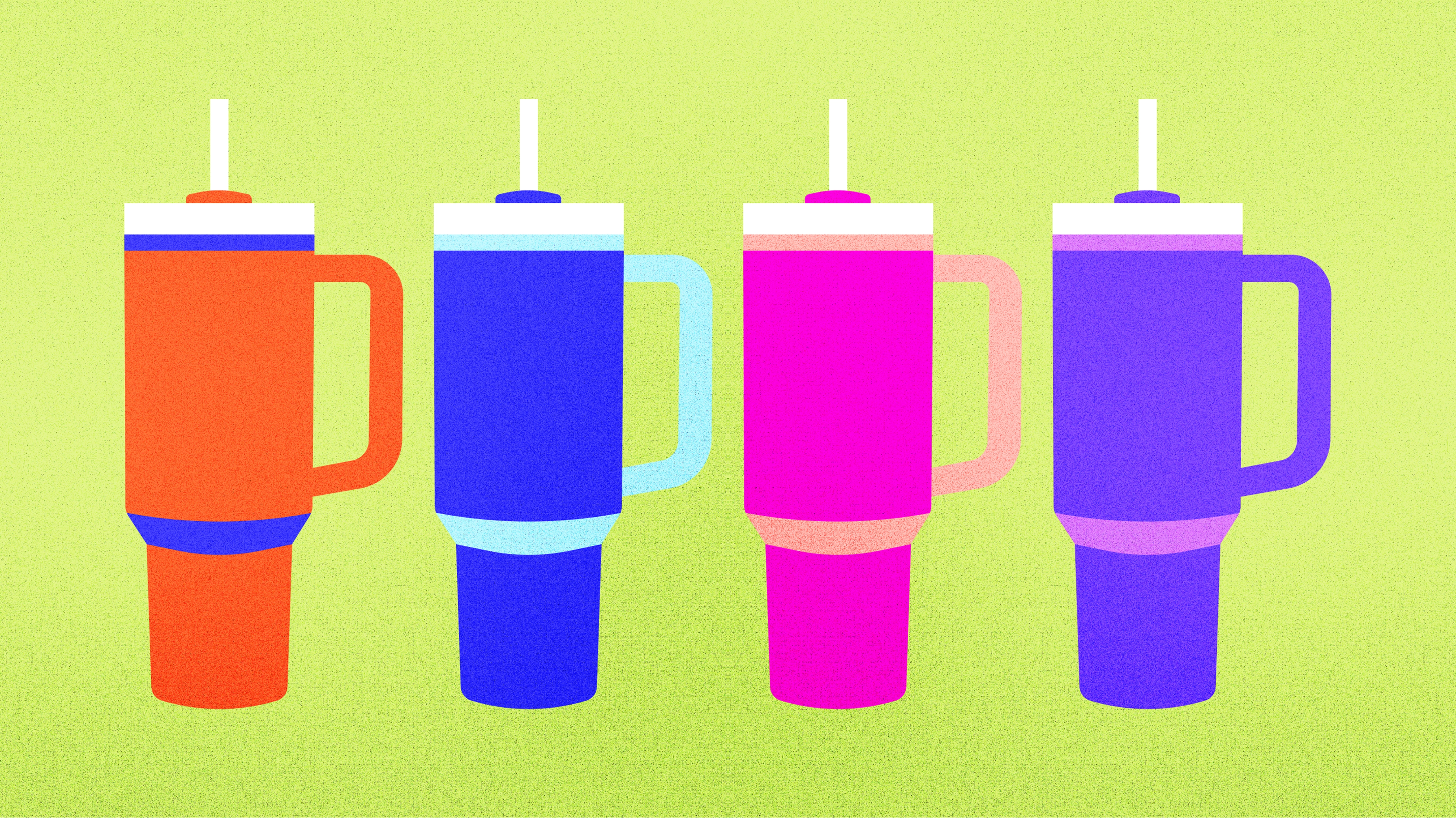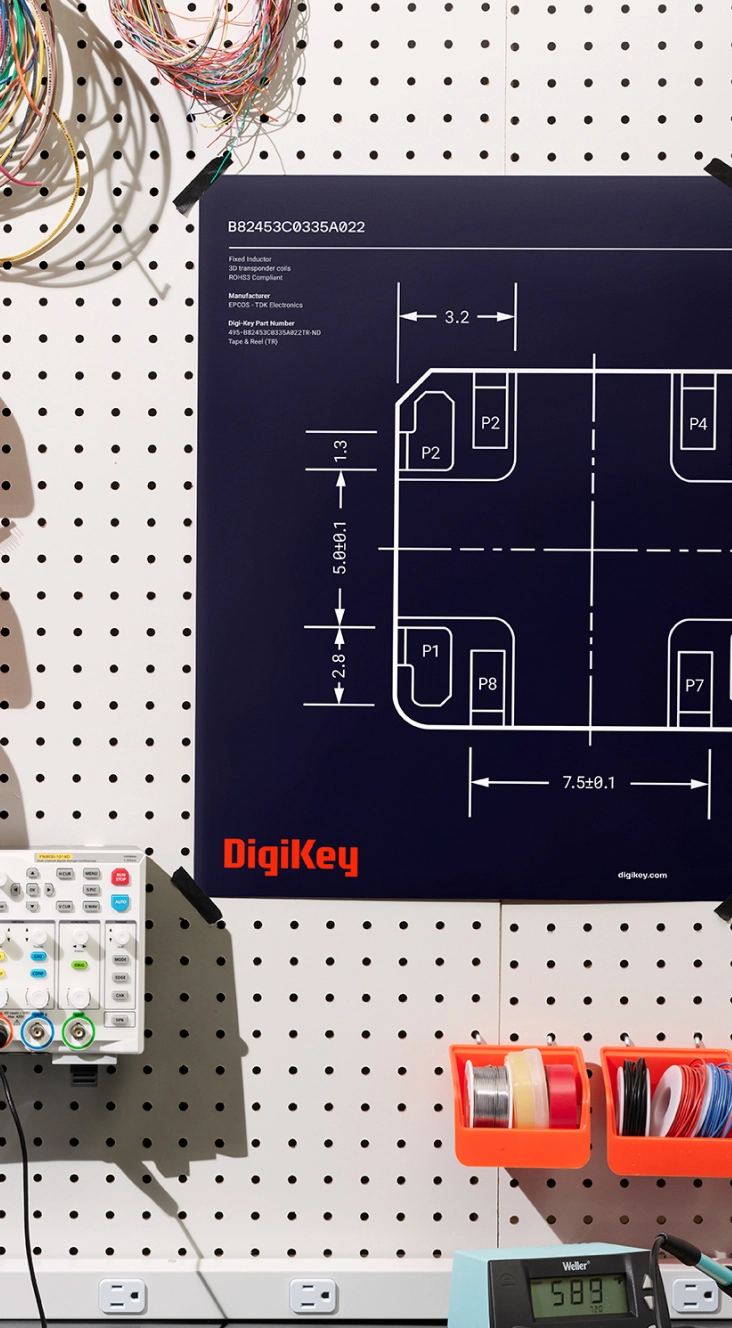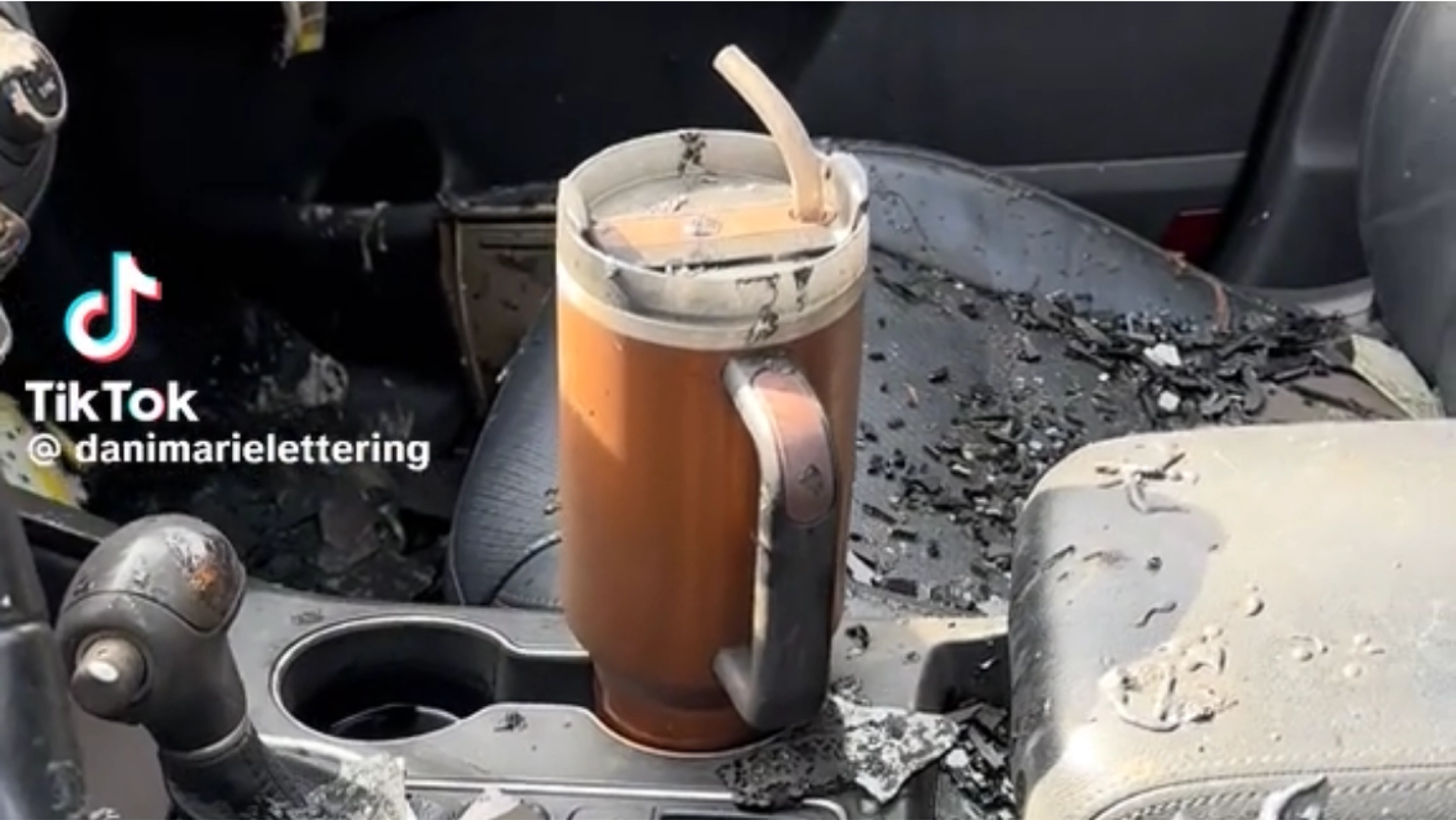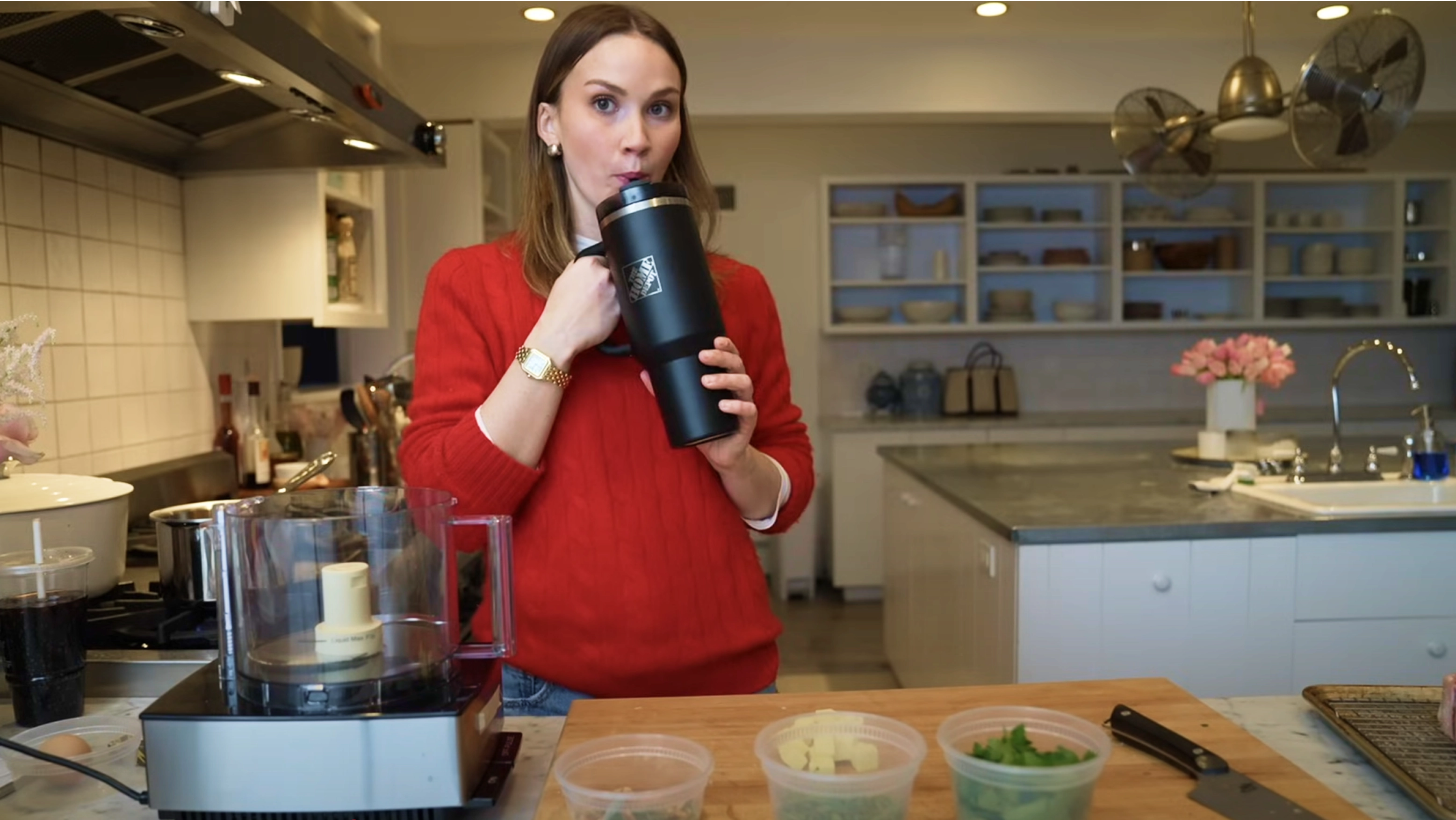Go-to Brand Spotlight: Stanley 1913

This is the fourth entry in a spotlight series that investigates how brands become “go-to.” Go-to Brands are brands we love for how they relate to us and benefit our lives. They’re not institutions that force themselves into our world, but agents we happily pull in—and they earn 5x average revenue growth than that of their transactional peers. Specifically, they excel on two key dimensions: They (1) foster connection and (2) enable progress. Let’s explore what we can all learn from Stanley 1913’s path to “go-to.”
From the “aesthetically pleasing” S’well bottle in the 2010s, to “VSCO girls” and Hydroflasks at the onset of the pandemic, the past two decades have seen a water bottle trend cycle fueled by consumers’ desires for something functional, fun — and to carry as a badge of identity.
Yet, even in this crowded market, no brand can compare to the ubiquitous Stanley 1913. Marketed towards construction workers and outdoorspeople for a century, the company grew from $70 mil in revenue in 2017 to an estimated $750 mil in 2023 largely thanks to suburban women and girls, all without a flashy rebrand.
So, how do you expand your audience from miners to moms without overhauling your entire image? The Stanley story is one of maintaining product quality, while not shying away from evolution, and ultimately showing love back to its most fervent customers.
Let’s take a look at how they harness connection and progress to create hype across diverse demographics.
Enabling progress is the core of Stanley 1913 and has been since their beginning. Today’s “Built for life” promise follows this heritage — but consistent messaging doesn’t mean shying away from evolution.
It was the design of the Quencher cup, discovered by Utah mommy blogger Ashlee LeSueur of the Buy Guide, that sparked the brand’s renaissance. She sent the bat signal to her followers, and a new generation of fans fell in love with the cup’s design. Amid the excitement, though, some complained the cup leaked. Maintaining their commitment to quality, Stanley responded with the release of the Quencher Flowstate H2.0 — reworking the beloved cup directly from internet comments, with a bigger handle and a spillproof design.
Loyalists argue that spillage is forgivable “Everybody is so concerned if the Stanley spills but what else?” Began Danielle Lettering in a November 2023 TikTok, revealing the scorched interior of her totaled car — and her surviving Stanley 1913 Quencher. This shocking testament reached 92M views, cementing Stanley’s meteoric rise.
When your market is subject to fads, creating a product that works like magic is surely a way to stand out. More than that, though, Stanley 1913 demonstrates their devotion to quality by continuing to push design further, proving that heritage and innovation can coexist.
We can’t talk about Stanley without the hype. Stanley 1913 has created a mass cultural movement, making consumers feel like they’re part of something bigger than themselves when they participate in the fad.
Social media is Stanley’s original hype machine. With roots in loyal Mormon mom circles and die-hard Bachelor Nation fandom, their renaissance is built on community. Quencher content ranges beyond quality to romanticization of hydration, with a whopping 220+ million views of the Quencher-filled #WaterTok. Analysis of TikTok videos reported that the Quencher was among the top holiday gifts hauled by Gen Z in 2023. Recent designs and collaborations reveal a desire to stay relevant with young audiences – an Olivia Rodrigo x Stanley Quencher sold in minutes and is listed for $10,000 secondhand. Demand, notably, reaches a fever pitch, with consumers resorting to public arguments and mass theft to score limited edition Quenchers.
Former Stanley 1913 President Terence Reilly (previously a transformative CMO at Crocs) said that this uproar is not accidental: “We have scarcity to create the fun and frenzy and the demand.” To Reilly’s credit, the frenzy is afoot, with limited releases leading to organic coverage of Karens fighting in-store and record-breaking sell-outs.
The hype surrounding Stanley 1913 proves that community can come from anywhere — even cups. By doubling-down on the trends and drop cycles that excite their fanbase, Stanley has reinforced the feeling of joining something bigger than yourself just by purchasing.
The constant proliferation is part of a strategy for self-expression. “[Reilly] wanted Stanley quencher to be akin to a woman’s handbag — how a woman can own multiple handbags and match it to her outfit.”
Despite the company’s commitment to evolving technologies, design was originally less fluid. LeSueur said stakeholders weren’t as keen to lean in when her team proposed new colorways — but she argued that rejecting color was rejecting this whole segment. “Some of the old school people at Stanley had a tough time with the idea with a pastel cup. It felt like we were going against everything that their brand identity stood for. But we felt for a working mom to take the cup around all day to hydrate does not illustrate any less strength than someone taking a water bottle on a hike.”
LeSueur and team were right. Graham Nearn, SVP Product Creation and Design at Stanley, credits design as the spark of Stanley’s new era: “As soon as we changed color, we started to change the trajectory of the brand and our company.”
The brand then built collaborations that felt true to the new suburban female consumer with exclusive Quenchers with Starbucks and Target. Stanley looked to social media for inspiration, learning consumers personalize and accessorize cups with bows or keychains. Social listening led to Quenchers with e.l.f. including an attachable lip-gloss holder, and with Love Shack Fancy for bow-patterned Quenchers. Working with brands on designs that are true to consumer creates connection to the brand and incentivizes purchase through the promise of self-expression.
Stanley wields the power of social media to fuel their frenzy, but also to stay in touch with audiences and show them they care. Danielle’s story, for instance, first went viral for the cup’s divine resilience, but again when Stanley 1913 responded. Reilly promised to make good on “Built for life” by replacing Danielle’s Quencher – and her car. The brand’s kindness led to another 62M views.
Social listening is integral to their revival, starting with LeSueur. When she found her first Quencher on the clearance rack in 2017, it wasn’t coincidentally a great deal: Stanley was discontinuing the model. So, Lauren Solomon, Director of Sales at Stanley 1913, was shocked to see Bachelor Nation clamoring for a discontinued cup when The Buy Guide sent a Quencher to The Bachelorette’s Emily Maynard. The passion online convinced Stanley to lean in, relaunching the Quencher in a pastel shade. Reilly was concurrently joining Stanley as they marketed to a new female audience, and he decided to double down. “There were no new colors — it wasn’t exciting audiences anywhere.” He attributes the advice of Buy Guide to their newfound success, too: “Lauren Solomon mentioned this group of mom influencers in Utah who had taking a liking to our 40oz tumbler. My experience at Crocs told me that kind of influencer opportunity was just the magic that Stanley might need. And we were right.”
Social media allowed Stanley to tap into a new audience, and it paid off. “It was the first step in their awakening to the millennial woman’s purchasing power and the power that demographic could bring to their company,” said LeSueur.
In its first life, Stanley 1913 was a brand for the outdoorsman. A man facing the elements, setting on foot not knowing where he’d lay his head – but moving forward confidently knowing his soup would stay hot and his water was ice cold. Stanley might have shifted their image beyond the scruffy Eagle Scout, yet they have leaned further into his ethos. By carrying the heritage brand into the future, unafraid to change for the sake of progressing quality or connecting with their customers’ needs, Stanley shows that a Go-to brand stands for adventure.








